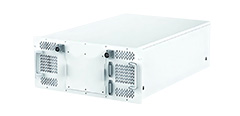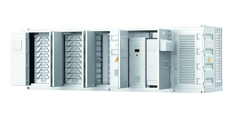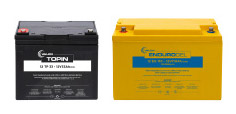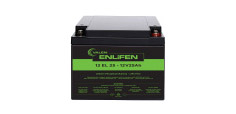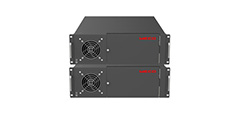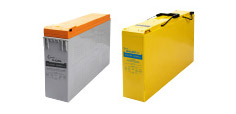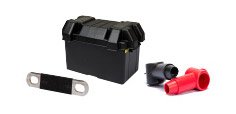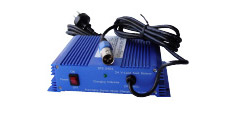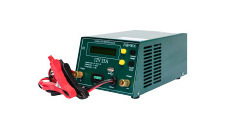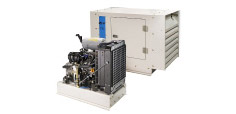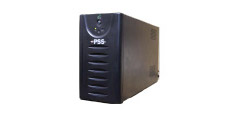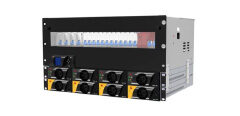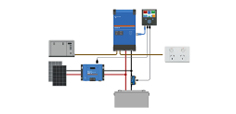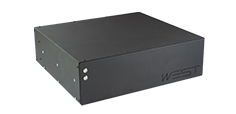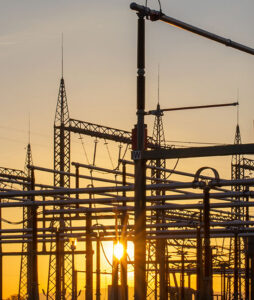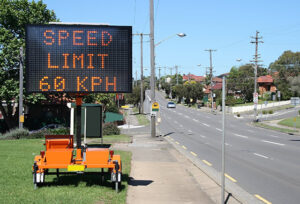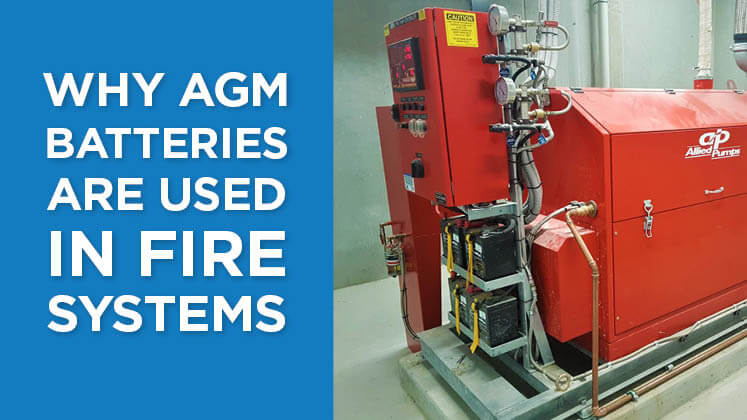Why AGM batteries should be used in fire systems. Fire panels, hydrants and sprinkler systems all depend on batteries to function in the event of an emergency.
For technicians in the fire systems industry, selecting the right type of battery is critical to ensure it’s compliant, meets specifications and will supply power to the equipment it’s connected to.
As required by AS 2941, all batteries used in fire systems must be AS 4029 compliant as well as carry SSL approval.
In addition to this, the Fire Protection Association Australia (FPA) makes the following recommendations for ensuring battery failure is prevented:
- Batteries should be correctly maintained
- Batteries should be Absorbed Glass Matt (AGM) type
- The correct float charge voltage should be used
In this blog post, the experts at Valen explain why AGM batteries are the recommended type of battery for fire systems as well as the importance of correct float charge voltage.

Firstly, what are the risks of using the wrong type of battery?
Using the incorrect battery can ultimately mean, that when the battery is required, it doesn’t function causing the system to fail and potentially putting lives at risk!
Along with this, using a specific battery technology in a fire system could lead to a battery exploding from a build-up of gasses within the battery.
Some sealed wet-cell batteries don’t allow the gases to escape as they should while the battery is being float charged. Over time, this leads to a high concentration of hydrogen in the headspace of the battery.
A high discharge or large power draw on the battery can cause these gasses to ignite. This will result in the side or top of the battery case breaking away from the case exposing the electrolyte which contains acid which is corrosive. This is a major hazard to all personnel at site, as the acid is corrosive and will not only harm skin and eyes but can be fatal as well if ingested.
Often there is no warning that this scenario is about to occur which is what makes it so dangerous. This is why it’s important for all personnel attending site to be correctly inducted and wear the correct PPE equipment at all times.
The importance of using the right type of batteries in fire systems can not be overstated. The incorrect charging and maintenance of fire pump batteries also adds to the risk of explosions and case rapture.
Clause 3.13.6 of AS 2941‐2008 requires a warning sign to be fixed adjacent to batteries serving fire pumps as shown below.
In all installations, it’s recommended that the technician determines that installed batteries comply with AS 4029.2. Where batteries have not been marked, the supplier of the batteries should be contacted to ensure their compliance.
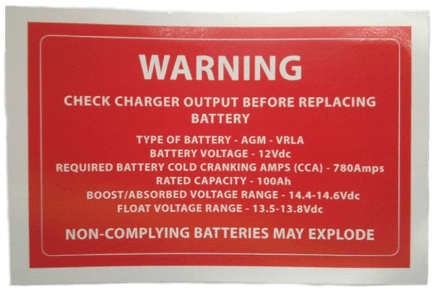
Why are AGM batteries ideal for fire systems?
AGM batteries are suggested for fire systems because they have been designed to be constantly on float charge and drawn on in emergency situations. The AGM technology allows for current to be discharged fast, hence why they have great CCA ratings over against a GEL battery.
Unlike flooded lead-acid batteries, AGM batteries are valve regulated which is the inclusion of a safety pressure relief valve to discharge gas build‐up. Gas build-up and high pressure within the battery can be released through the valves before the level of gas reaches a point that would pose a potential hazard.
Maintenance is reduced by AGM batteries as the electrolyte is suspended in the absorbent glass mat. Through the chemical process of charging and discharging the battery, the gases are retained within the battery and condensate back to the separators. This prevents gas loss and the need to add electrolytes to the battery like that of a wet cell battery.
Not only do AGM batteries remove the risk of exploding batteries, but they also are safer to handle and maintain. As there is no lose electrolyte or need to top up the electrolyte, the service and maintenance is free from hazardous goods,
Correct float charge
Float charge voltage is commonly recommended to be between 13.5 VDC and 13.8 VDC at 25°C; however, each manufacturer will have a specific charge voltage for their batteries.
It is extremely important that the float charge voltage of the battery is set in accordance with the battery manufacturer’s requirements to prevent incorrect charging and gas build‐up, which may result in an “explosion” risk.
Looking for a reliable AGM battery suitable for fire systems? Talk to the experts at Valen.
The Valen Topin AGM battery range has been used within the fire systems industry for over 15 years and in that time, has become a trusted brand for many clients. It is SSL approved and AS 4029 compliant.
The experts at Valen are proud to offer the highest level of technical support. We have a comprehensive understanding of providing battery back up for fire systems.
To talk to one of our knowledgeable team members about your particular fire system, simply click here to get in touch.
Download Now: Battery Guide for Fire Panels and Pumping Systems eBook



